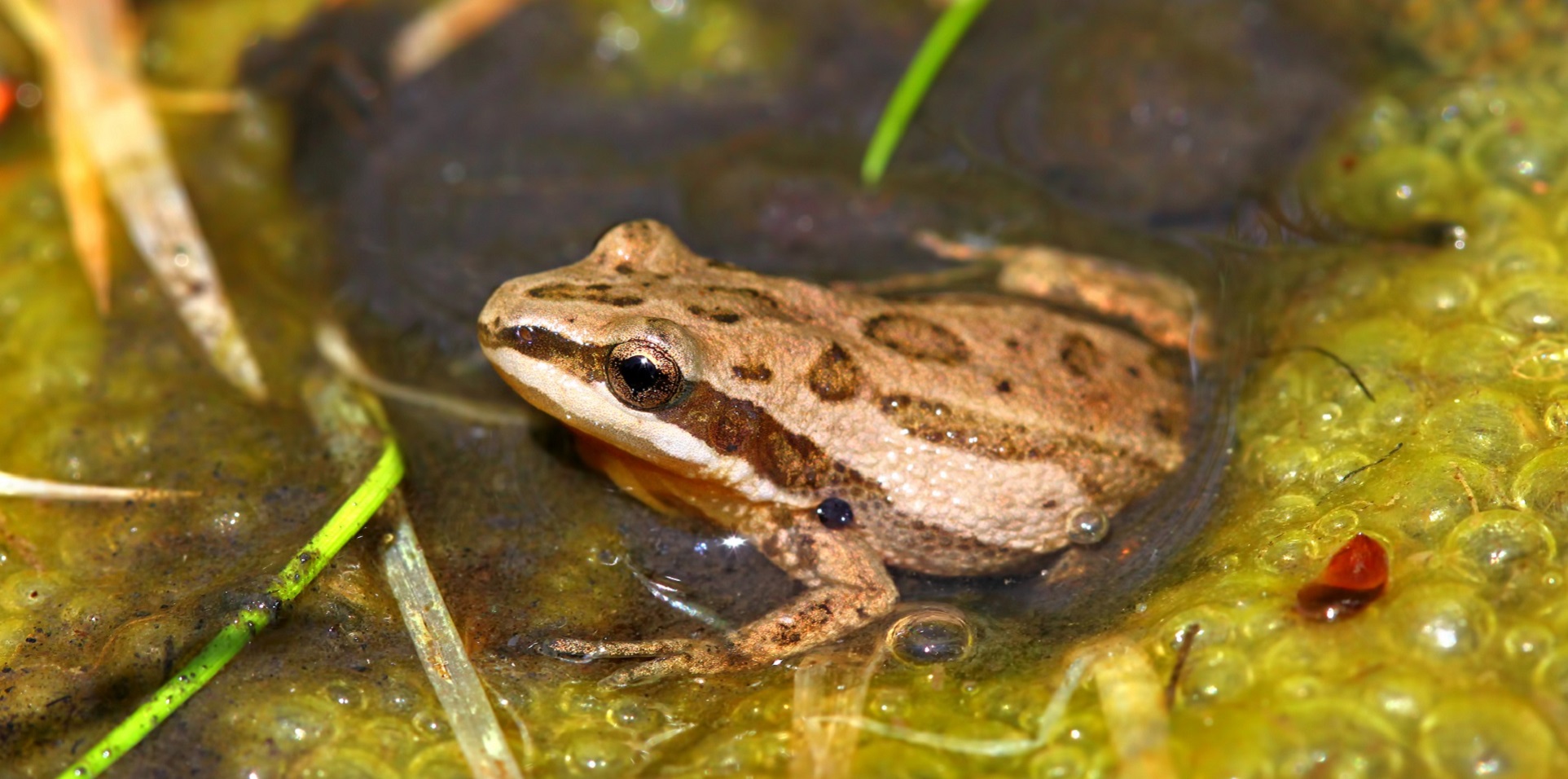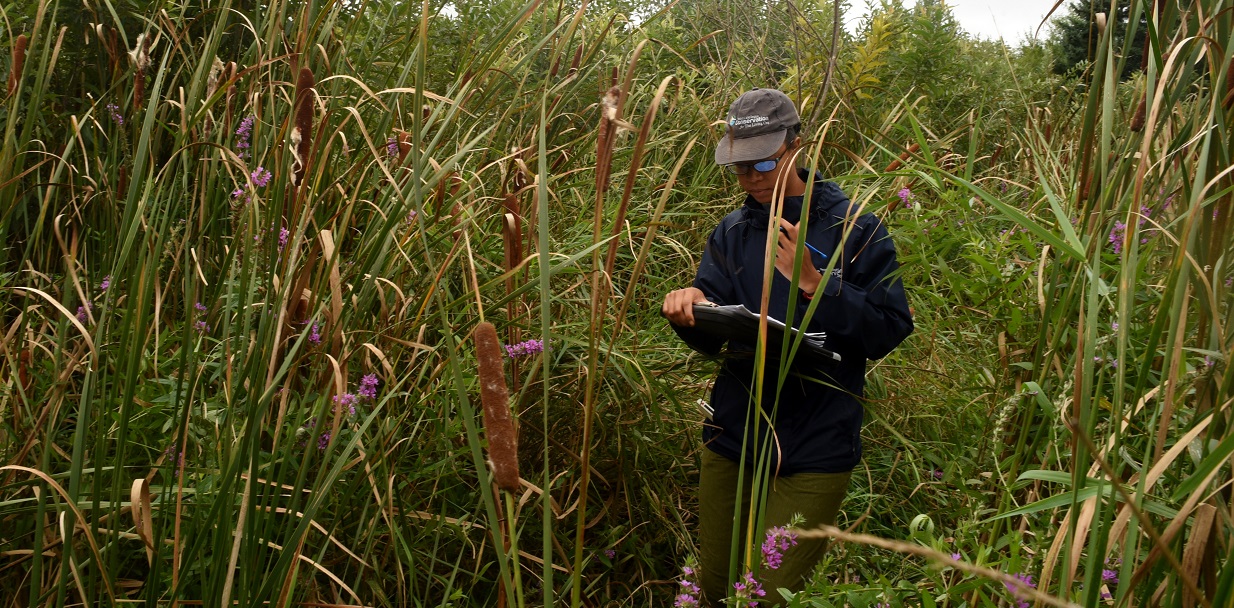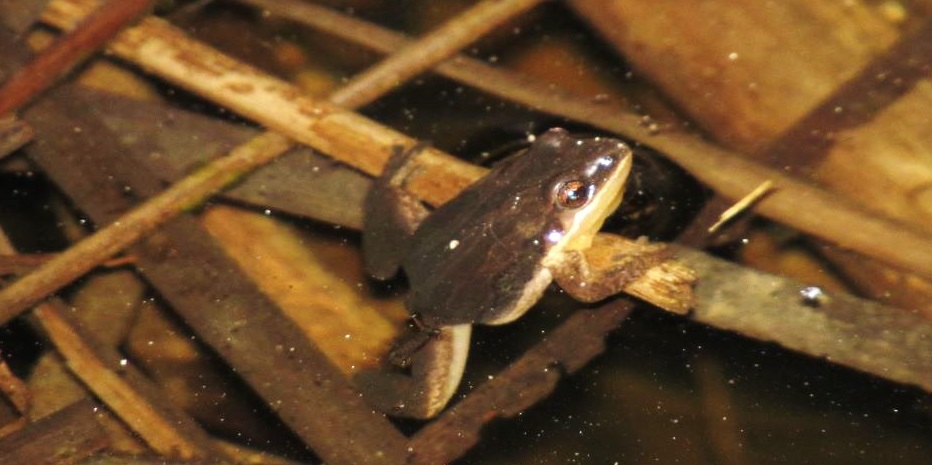It wasn’t a welcomed sound in Claireville North in 2022.
If you’ve never been frog monitoring, you might not know that scientists and citizen scientists listen for breed-specific calls during very precise times of the year to understand where frogs are living, much like they do with birds.
Silence, in this case, is not golden.
Claireville Conservation Area is an urban oasis, a one-of-a-kind natural setting on the doorstep of four major GTA cities: Brampton, Mississauga, Toronto, and Vaughan.
Despite proximity to these urban areas, Claireville’s meadows, valleys, forests, and wetlands are fauna-rich environments. One of the many animals to call Claireville home is the small and unassuming Western Chorus Frog.

All frogs are indicators of a healthy environment, but the Western Chorus Frog is listed as Threatened under the federal Species at Risk Act due to a 30% historical decline.
Western Chorus Frogs are impacted by fragmentation and habitat loss largely due to encroachment for human-centered land uses.
Toronto and Region Conservation Authority (TRCA) monitoring teams were excited to note Chorus Frog breeding activity in Claireville in the spring of 2021. They uncovered unknown populations and tracked widespread coverage throughout the conservation area.
The frogs were recorded in wet pockets of agricultural fields and remnant oxbow features (a part of a stream that has been separated from the main flow of water, creating a small wetland pocket). These are natural features. However, a whopping 80% of Chorus Frogs were recorded in restored wetlands.
Unfortunately, no Chorus Frog vocalizations were recorded in Claireville North in 2022.

The sound (or lack of sound) of the little Chorus Frog teaches us the importance of maintaining water features in our natural landscapes as our climate changes and we encounter more and more low-precipitation years. One dry summer in 2022 may have been enough to influence an entire population of these frogs.
This is why TRCA is committed to the protection, encouragement and restoration of life-sustaining features on the land. When the conditions include isolation from fish who prey on the tadpoles and good vegetative cover for additional protection, frogs often follow.

TRCA is playing an important role as part of the response that is known as a recovery strategy. Our restoration teams have implemented over 20 ephemeral (seasonal) wetlands to create the Chorus Frog’s desired habitat.
More restoration efforts are planned, with support for monitoring from the Federal Government in 2023
Throughout Claireville we’ll be all ears in the years ahead. If you’re in the area this spring, the sound of a fingernail running along a comb will mean you’re in company with the Chorus Frogs.

